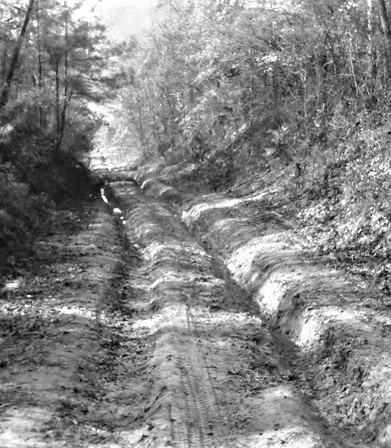Pioneer Travel
Good roads have always been the key to travel. Today’s highways are paved and generally well maintained for high-speed travel. That was not the case in 19th century America when pioneers made their way from out east to the western frontier town of Eagle.
Travel back then was difficult because roads were often little more than narrow, Indian trails that were widened enough for a wagon to pass.

Roads were rutted from the many wagon wheels that traveled along that way, and often washed out after rainstorms. It wasn’t uncommon for branches and fallen trees to block roads. In the early days, they were seldom maintained, becoming uneven ruts that turned into mud pits after a rainstorm. Pioneer travelers often had to clear and repair roads, and ford creeks and rivers along their journeys.
Towns began to grow along way, and townsmen soon realized that the key to their success was to build and maintain roads between nearby towns. Farm goods and supplies, lumber, hardware and household goods needed reliable roads on which to travel. Reliable roads also brought new settlers and new money.
(Excerpts from “Early Transportation” by Mike Rice)
(Next time – Wooden Plank Roads)